Researchers have corrected a typographical error in a recent study published in the journal Nature, which aimed to use generative transformers to learn the natural history of human disease. The correction was made to the equation in the Methods section, specifically in the Exponential waiting time model, where a minus sign was mistakenly omitted before the cross-entropy term. The corrected equation now reads lossj log P(j) crossentropy(logits, tokens).
According to the correction notice, the error was present in the initial version of the article published on September 17, 2025, but has since been amended in both the HTML and PDF versions. The study, which was conducted by a team of researchers from the German Cancer Research Centre, the European Molecular Biology Laboratory, and the University of Heidelberg, aimed to develop a new approach to understanding the progression of human diseases using artificial intelligence.
Dr. Artem Shmatko, one of the authors of the study, acknowledged the importance of accuracy in scientific research. "We take all corrections seriously and are grateful for the opportunity to correct this error," he said. "Our study is focused on using generative transformers to learn the natural history of human disease, and we believe that this approach has the potential to revolutionize our understanding of disease progression."
The study's findings have significant implications for the field of disease research, particularly in the area of oncology. By using generative transformers to analyze large datasets, researchers can gain a deeper understanding of the complex interactions between genetic and environmental factors that contribute to disease development. This knowledge can ultimately lead to the development of more effective treatments and prevention strategies.
The correction notice was published in the journal Nature on September 17, 2025, and can be accessed online. The study's authors have also made the corrected version of the article available on the journal's website. As researchers continue to refine their approach, the potential for breakthroughs in disease research remains high.
In related news, the field of disease research continues to evolve rapidly, with new technologies and approaches emerging regularly. The use of artificial intelligence and machine learning in disease research is a growing area of interest, with many researchers exploring its potential to improve our understanding of disease progression and development. As the field continues to advance, it is likely that we will see significant breakthroughs in the treatment and prevention of human diseases.
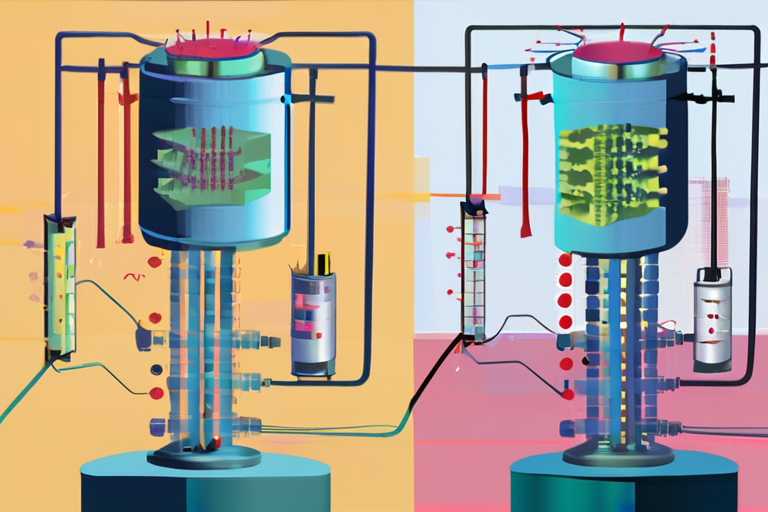


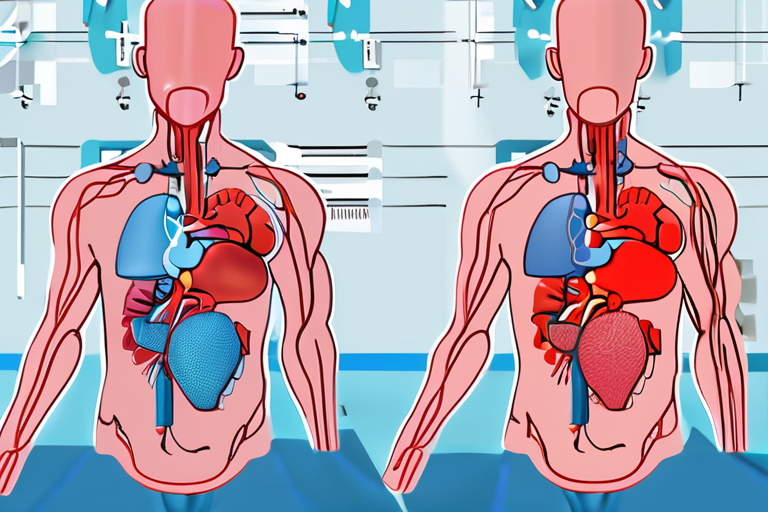





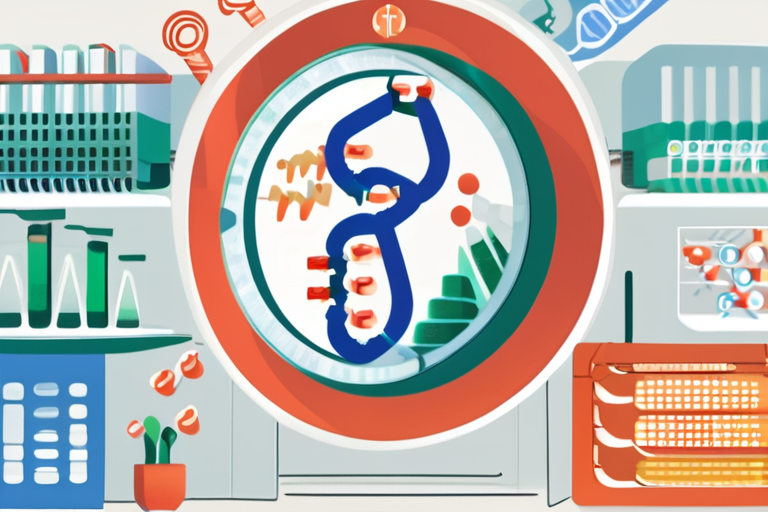
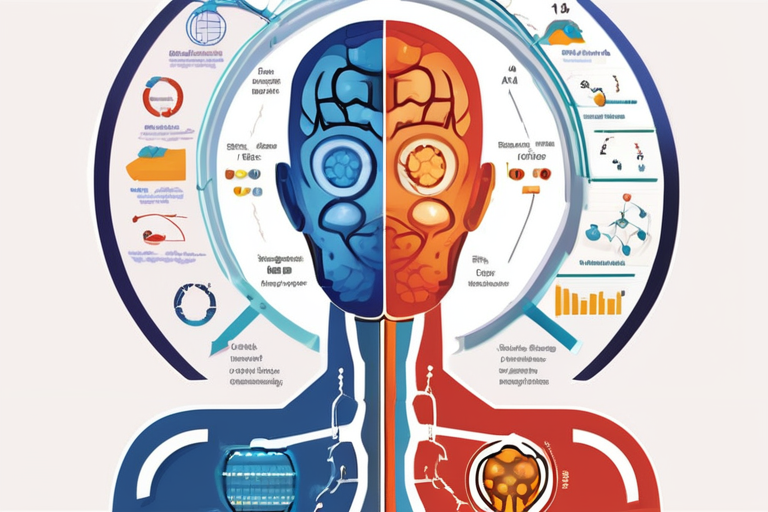

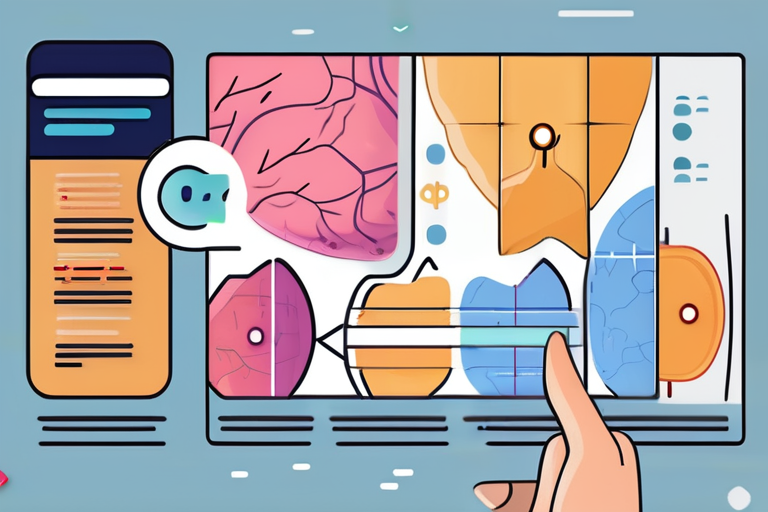
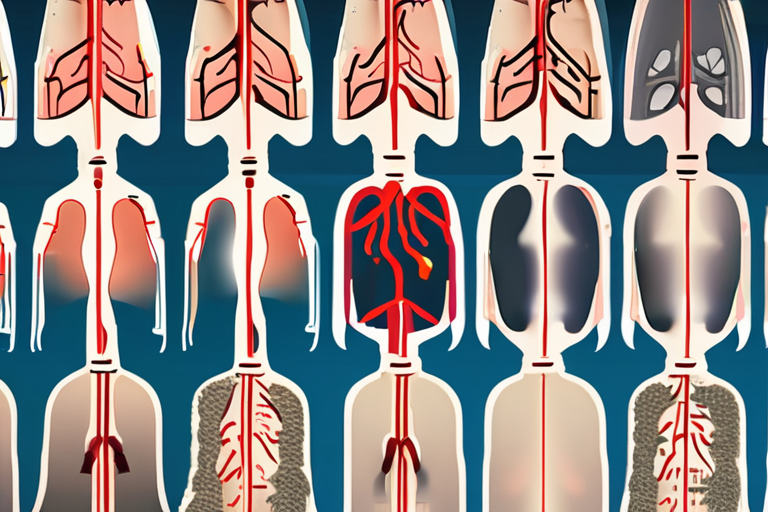
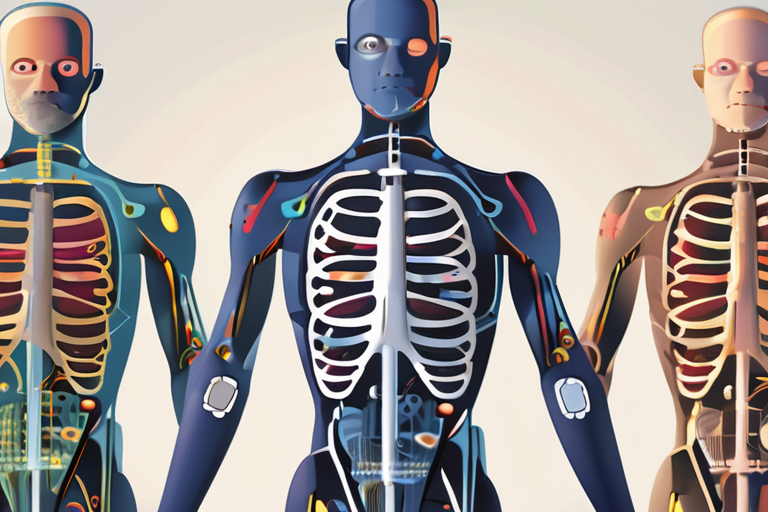
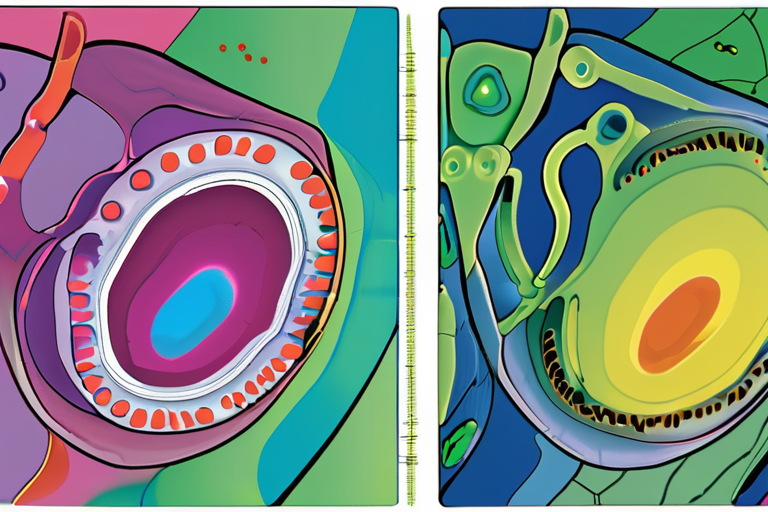





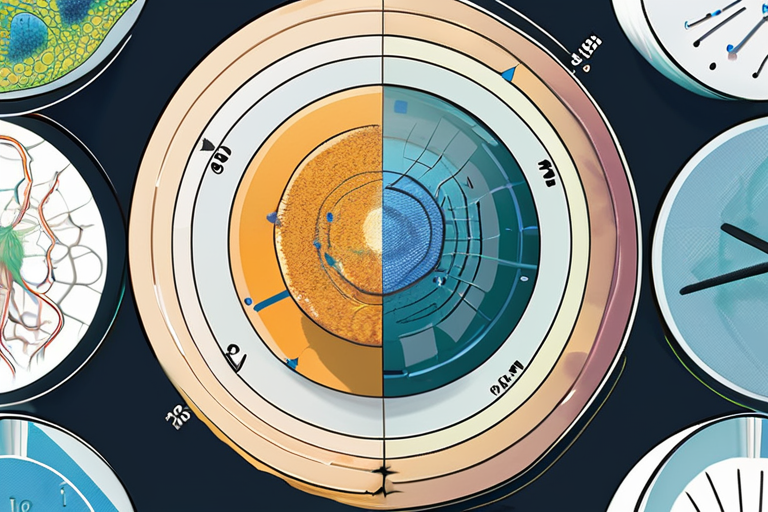





Share & Engage Share
Share this article